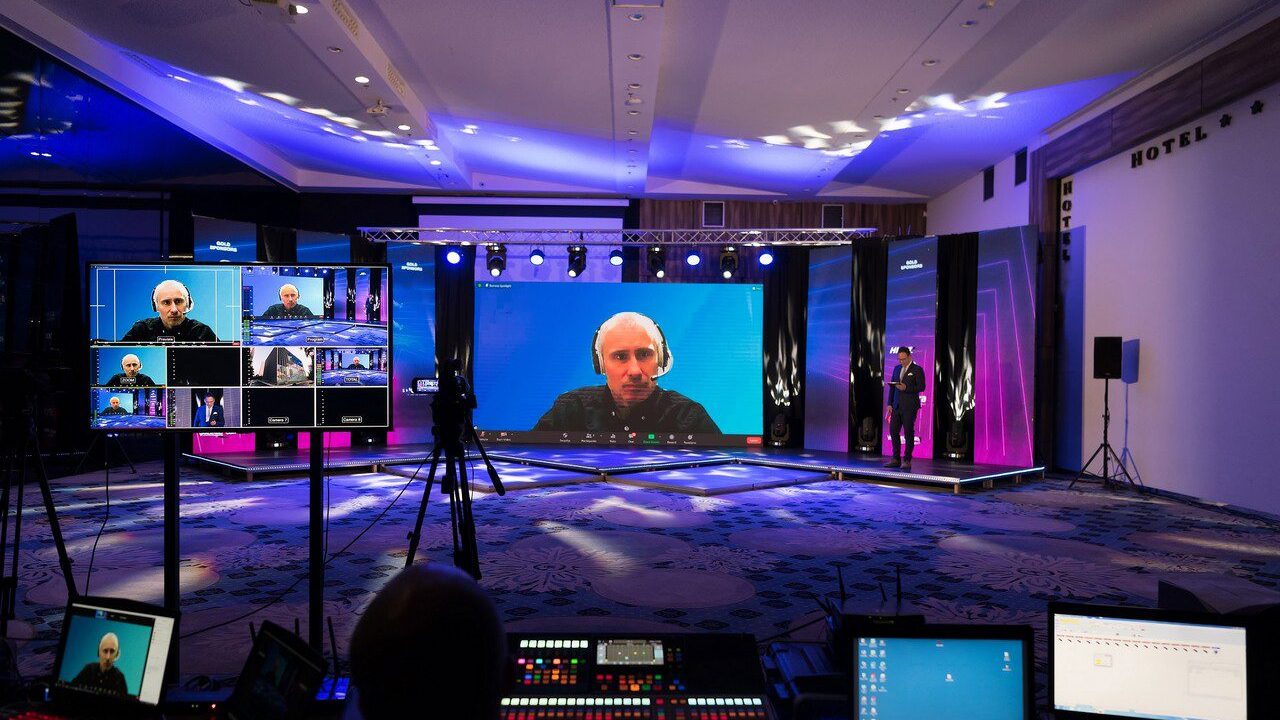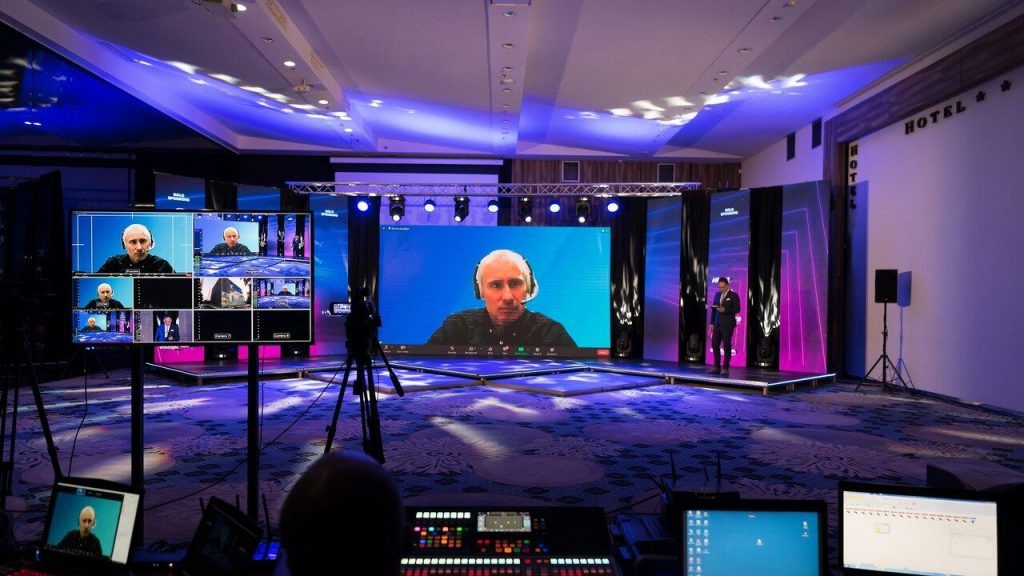An Introduction to IP Streaming


To many people, their first experiences with streaming media has been with television content providers like Netflix, Hulu, Prime, and with various apps and platforms on smartphones. The change to streaming media over networks using Internet Protocol (IP) transport has fundamentally changed how media is distributed and consumed by viewers.
Content is now also being produced by small teams and even single individuals from all kinds of locations. The same foundational technology of IP is enabling all sorts of creatives to deliver their content in many different ways.
In addition to the distribution of content on large scale media platforms, educational, religious, business, and governmental organizations are able to produce and deliver communications and content to their employees, members, students, and audiences in limited and private distribution.
IP is the established standard for transmitting video and audio signals between systems and devices across networks that is now also practical even for real time production. IP is a proven technology implemented in various ways in use everywhere all the time. IP infrastructure and practices are well known. Buildings, homes, and even transport likely already has some sort of IP based infrastructure. Reliable switching and routing devices, sophisticated diagnostic tools, and extensive technical resources are well established.
Moving high bit-rate video over long distances across multiple networks by IP is faster and more affordable than legacy practices. IP also brings useful functionality and performance to end-point creation, storage, and processing of media using standard software, computing, and network technologies.
To networks, various media formats and protocols are equally possible. A substantial amount of development has gone into ensuring that IP efficiently handles a broad range of data types including those that are of use in media production and distribution. IP permits working in the many protocols, formats, and data types being currently used, but easily adapts to changing conditions in the future.
Standard IT wired or wireless networks support video and audio signals, and using standard networking is less complex and costly than the traditional method of specialized, dedicated wiring and equipment. Newer cameras, productions systems, graphics systems, converters, and streaming devices include Ethernet ports for working with IP. Some converters take traditional video outputs and convert them to IP.
IP is now practical for actual production of video and audio content, permitting anyone to produce different types of programs for all kinds of viewers on all kinds of devices. With IP, production crews and equipment can interoperate with one another over networks without legacy limitations. The location of production equipment can be more flexible. IP offers a new alternative from traditional production models, offering methods for managing productions remotely from any location.
IP streaming can be done on a basic level with a single source with one person in one location up to multi-source live production system performing multiple remote tasks including video mixing, recording, playback, streaming, and social media publishing. More advanced systems can also include audio mixing, graphics, using virtual sets as backgrounds, and full device control and automation.
A signal transmitted over IP can scale to almost any number of destinations, making the technology a flexible delivery methodology. IP streaming provides the ability to view live events from computers and mobile devices. IP streams can be recorded and saved as a file that can be put on a local private server or on to a Cloud based video hosting platform for later use including on-demand video viewing. Events, messaging, and communications can be streamed out and delivered to social media platforms, and to specific websites used by viewers.
IP based video and audio provides more options for easily producing content and then delivering this content to viewers at any time and in any place. As media content demand grows, IP changes the systems and processes used to tell stories by providing more and better access to the people telling them.
Stay up to date with the Dante Journal
* indicates required fields




